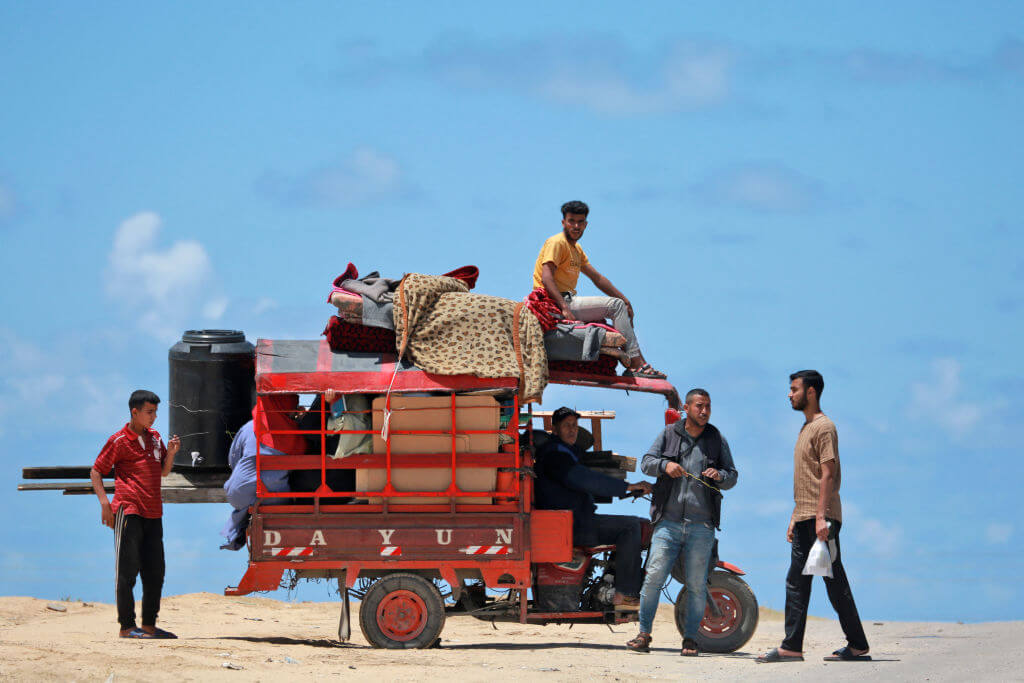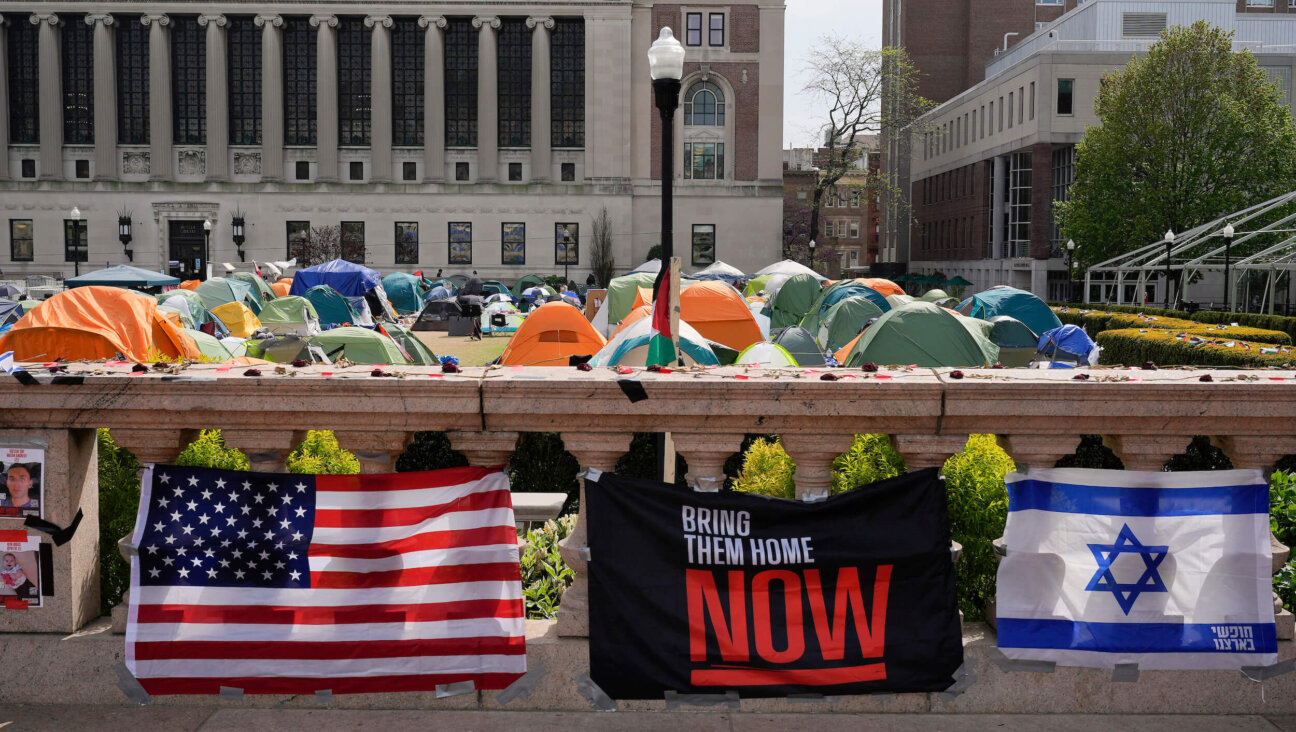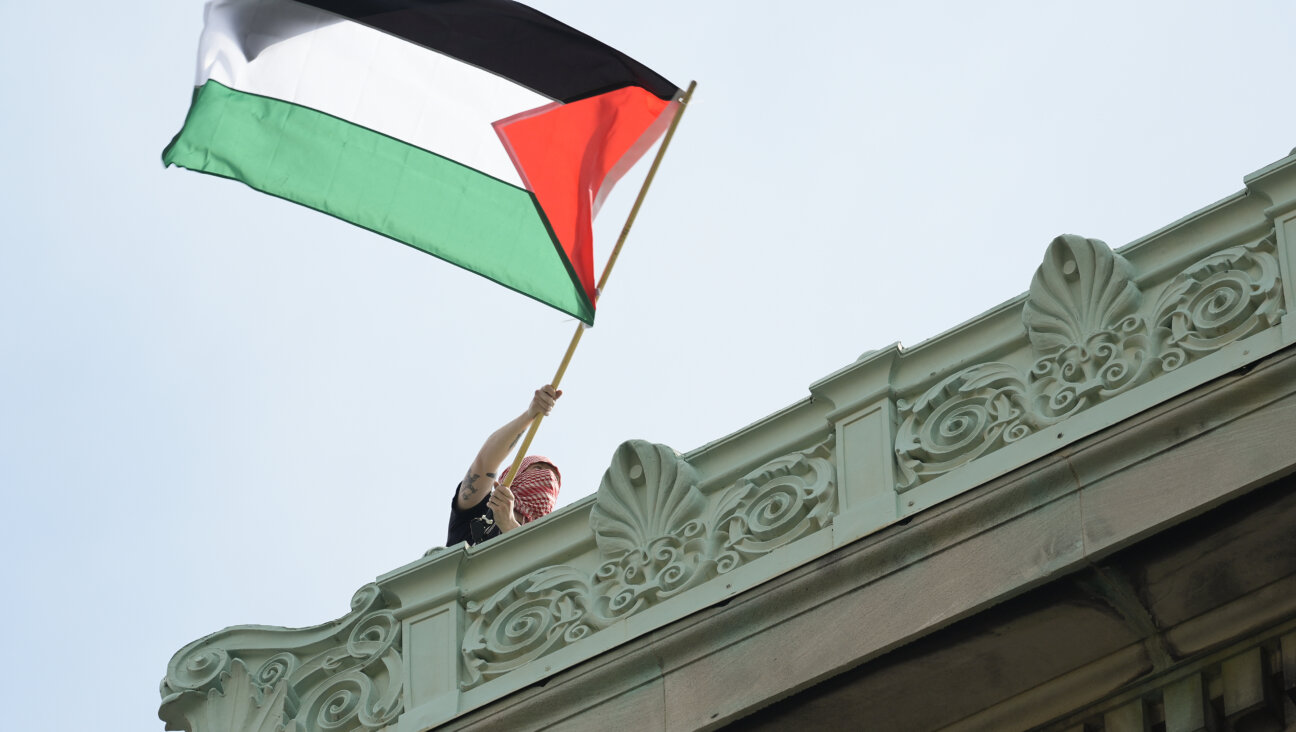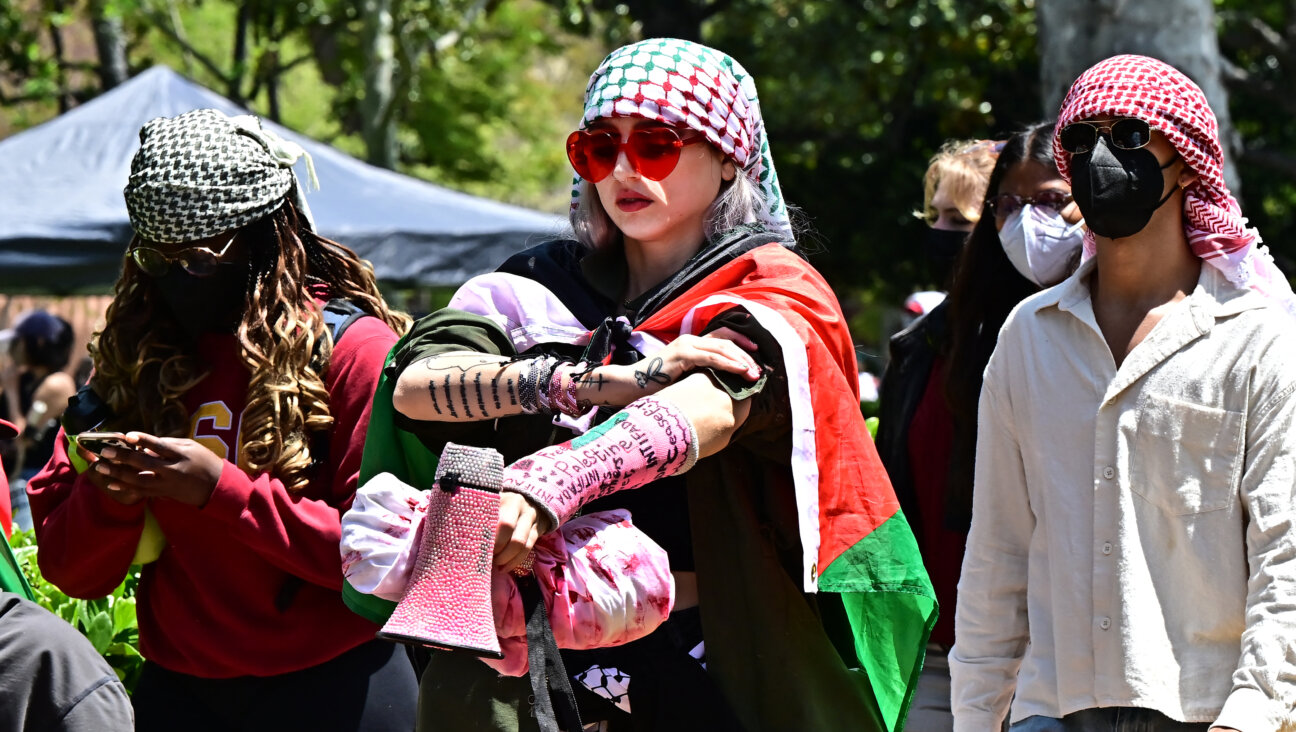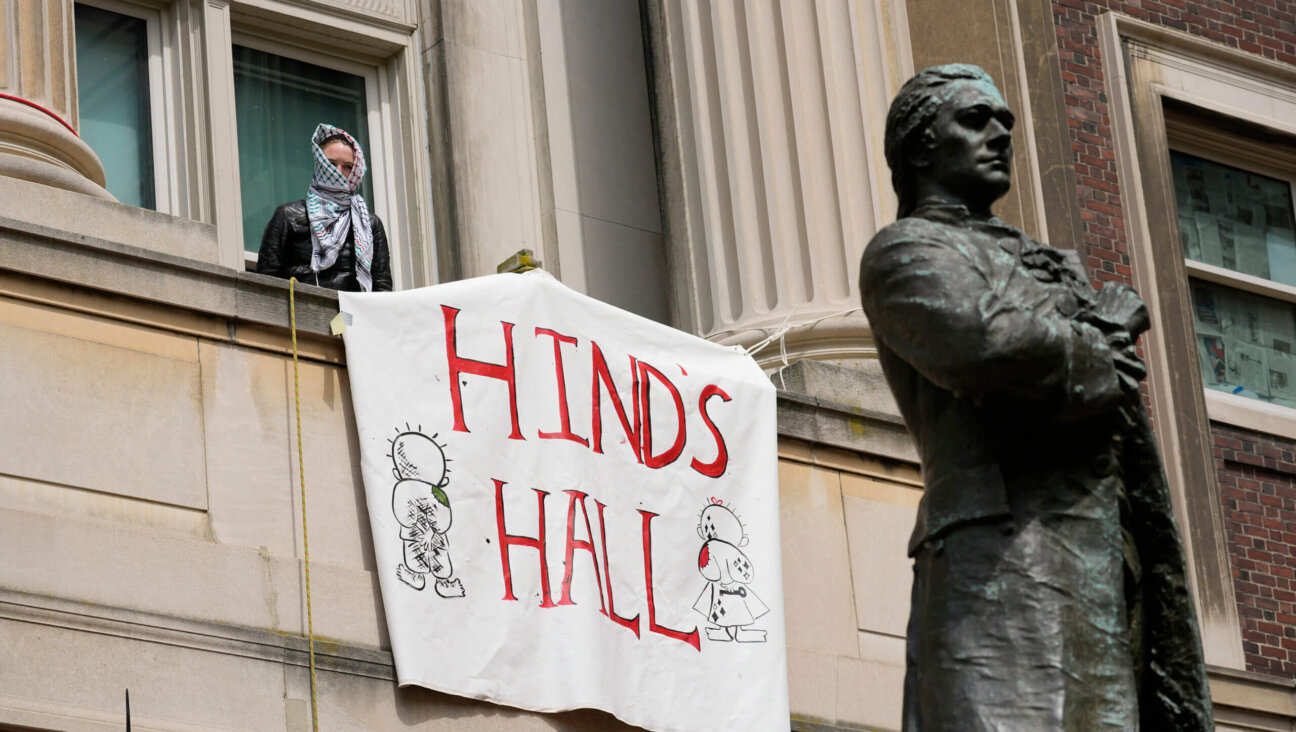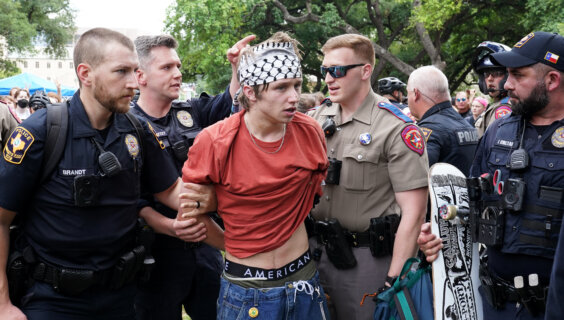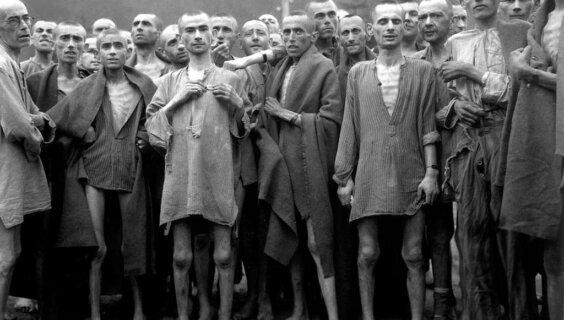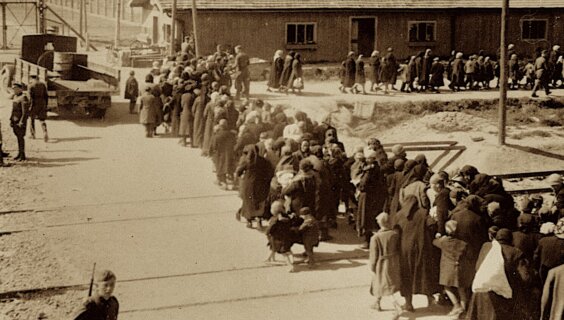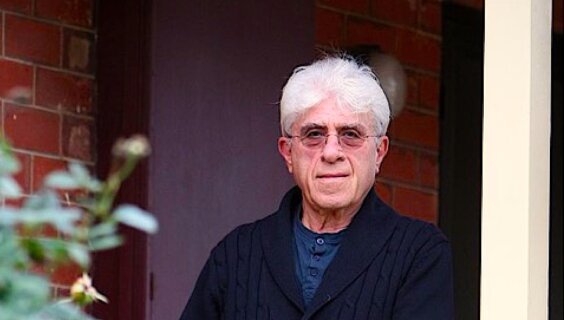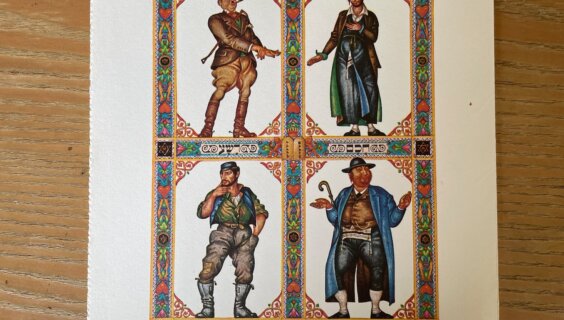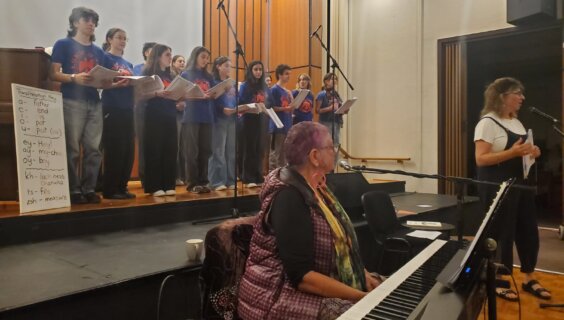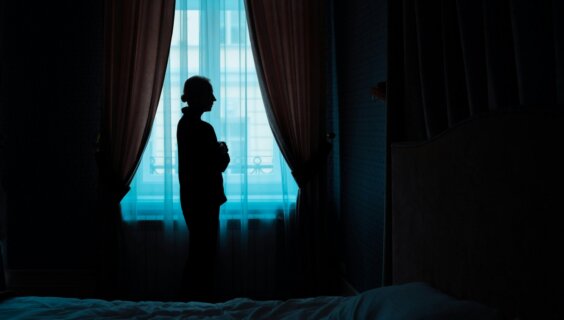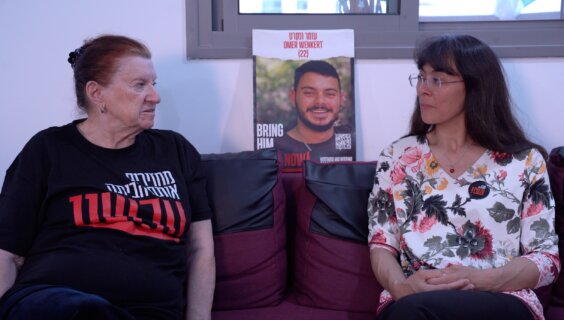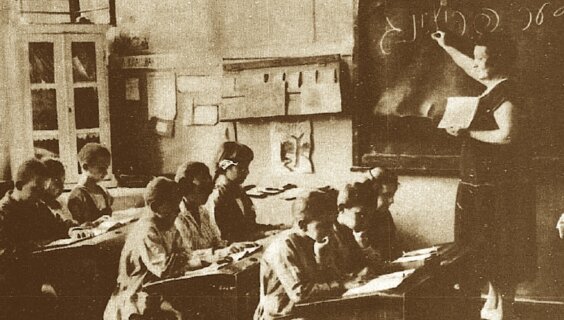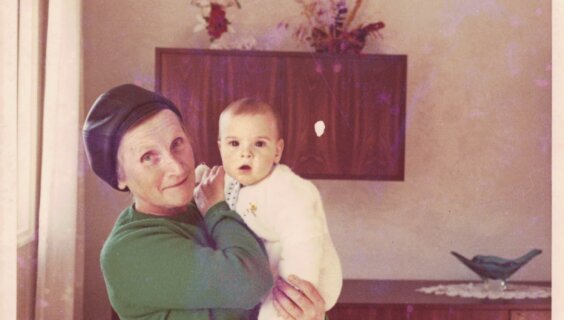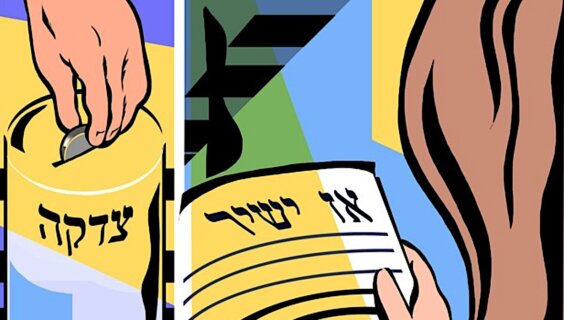The Forward JEWISH. INDEPENDENT. NONPROFIT.
Featured Articles
Fast Forward
-
Should ‘From the river to the sea’ be allowed on Facebook and Instagram? Meta’s Oversight Board is considering the question.
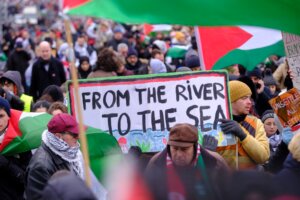
-
At March of the Living on Yom HaShoah, Holocaust survivors and relatives of Oct. 7 victims stress urgency of remembrance
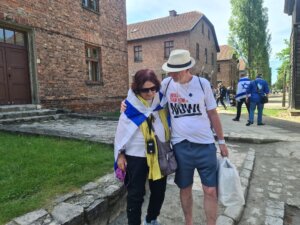
-
’50 Completely True Things,’ a Palestinian-American’s call for compromise, strikes a chord on social media
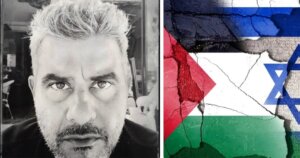

-
Immigrants in Israel
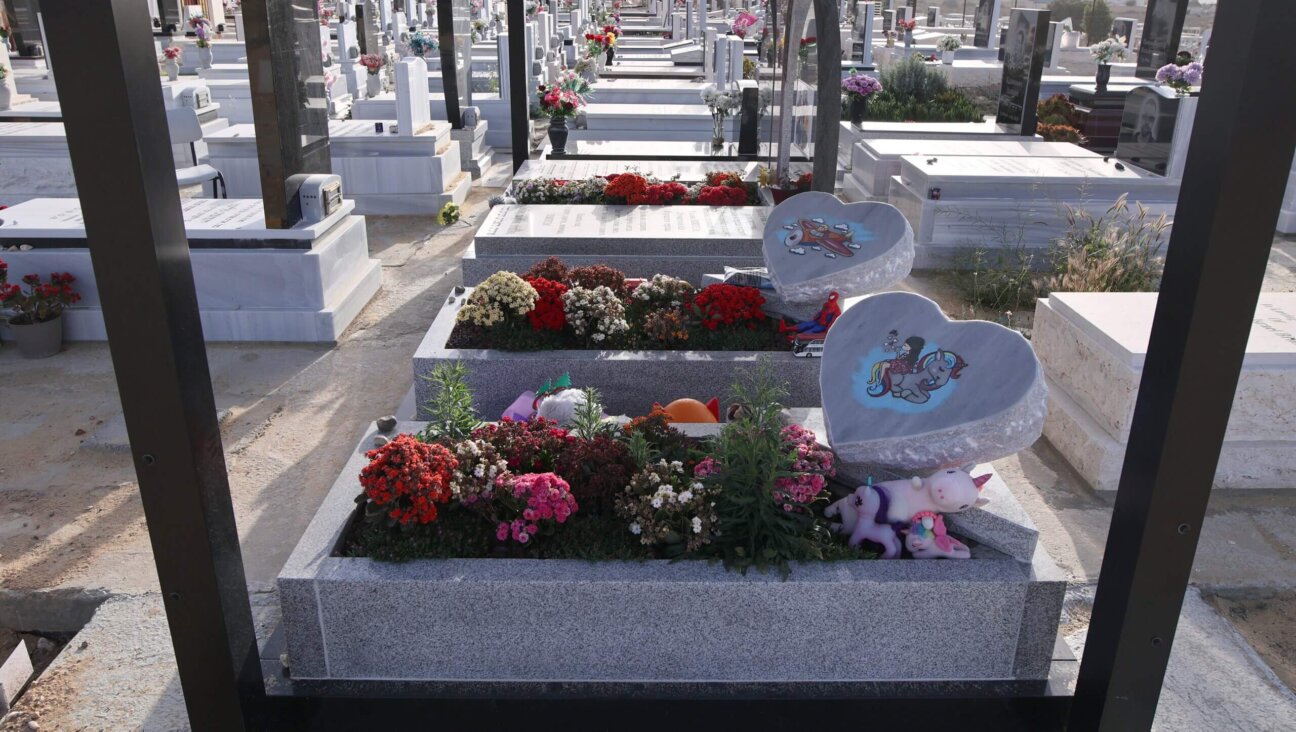 News
News
‘Jewish enough to be murdered,’ but not buried in a Jewish cemetery
The rabbis in charge do not consider some victims of Oct. 7 Jewish — even though their families do
-
Conflict on Campus
-
FORVERTS פֿאָרווערטס
Shop the Forward Store
100% of profits support our journalism
-
Don't Miss This
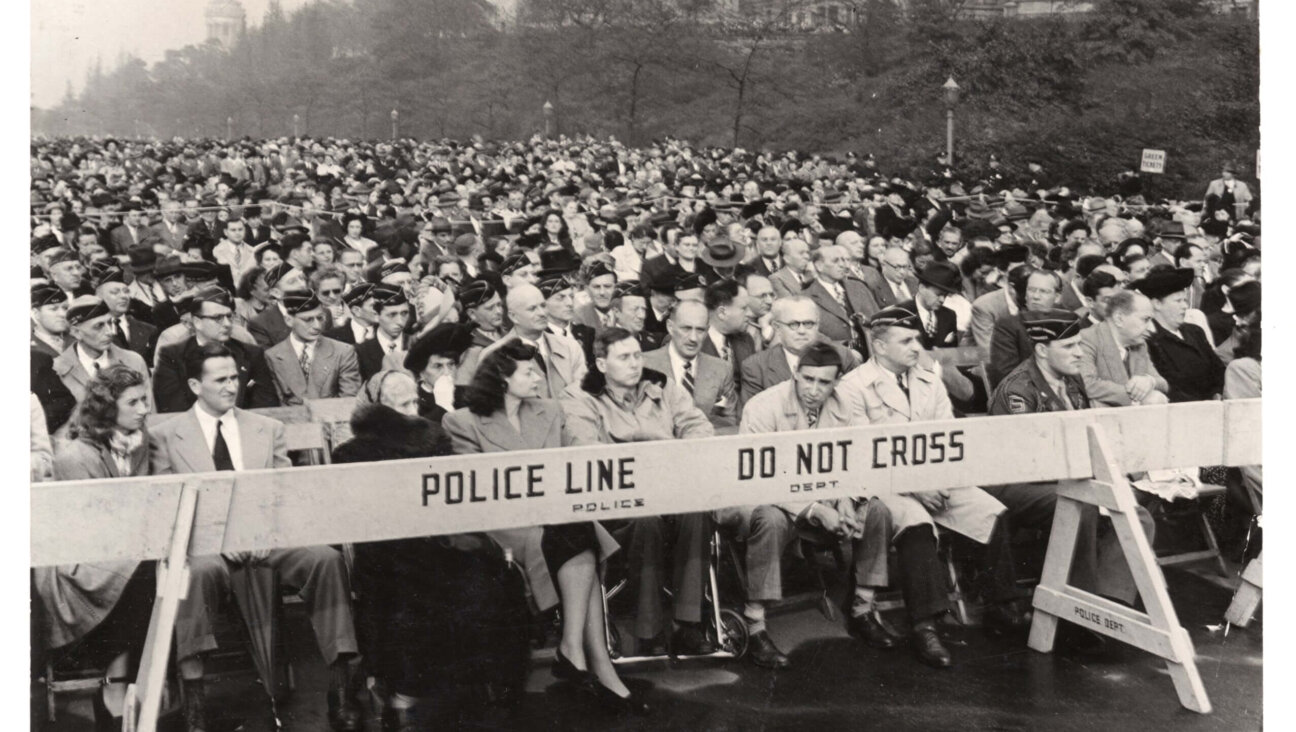 Culture
Culture
Could this be the most meaningful Holocaust memorial in New York?
In Riverside Park, a stone meant to be a placeholder for a grander memorial has become an unlikely gathering place for Bundist Holocaust survivors and their descendants
-
Forward Backward
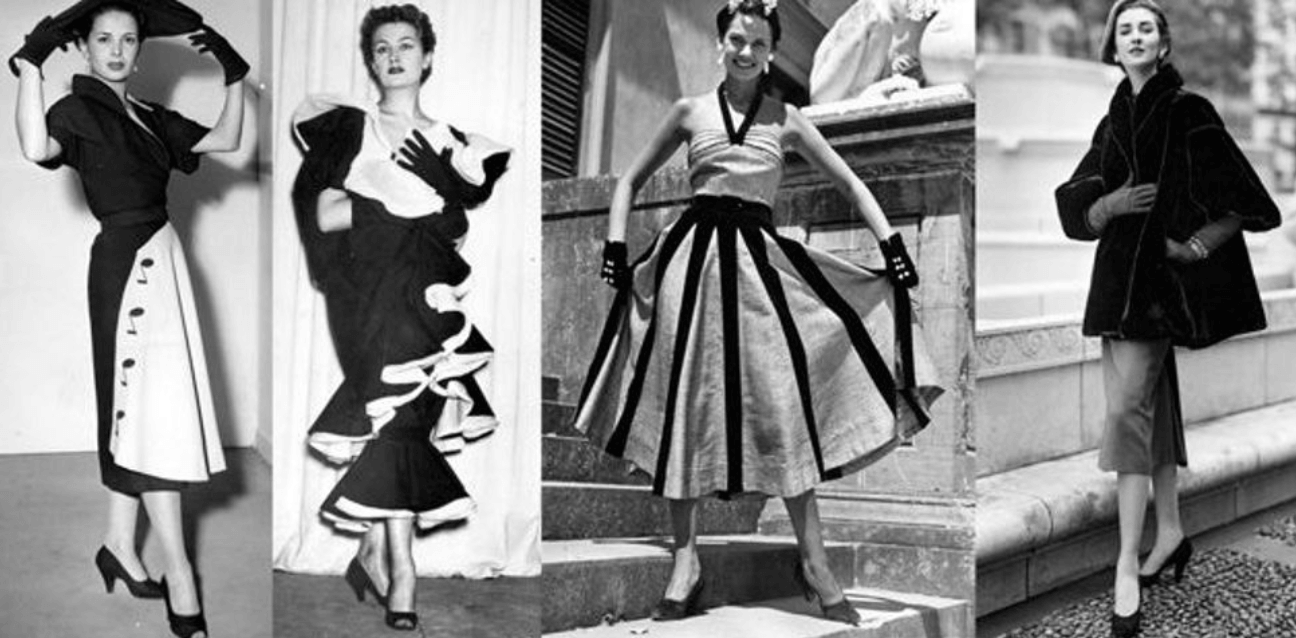
Forverts in English How the Forverts historically related to its women readers





